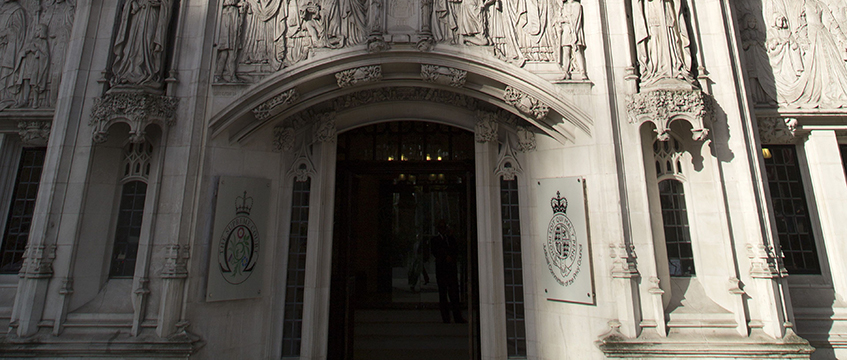Party Wall etc Act 1996 – Access to adjoining property to carry out building works – Adjudicator’s award authorising access for purposes of constructing new building – Whether works “in pursuance of the Act” – Whether adjudicator exceeding jurisdiction – Appeal allowed
The appellants and the respondents owned neighbouring detached properties, between which ran a double driveway. The driveway was not shared and the boundary between the properties ran along it. The respondents obtained planning permission to extend their property up to the boundary, but required access to the appellants’ land in order to complete the side wall and roof edge. They served notice on the appellants, under sections 1(5) and 6 of the Party Wall etc Act 1996, of their intention to enter onto the appellants’ land to carry out those works. However, the appellants refused access. The matter was referred to a surveyor for adjudication under the procedures laid down by the Act. The adjudicator decided that the respondents, as building owners, were entitled to enter onto the land of the appellants, as adjoining owners, for the reasonable purposes of carrying out the terms of the notices and the award.
The appellants appealed pursuant to section 10 of the Act. They contended that the right conferred upon a building owner, by section 8, to enter onto an adjoining owner’s land “for the purposes of executing any work in pursuance of the Act” did not confer a general right to enter solely on the basis that the works in question were referred to in a notice or award. However, it did not extend to access for the purpose of building a new wall on the building owner’s land.
Held: The appeal was allowed.
The works that the respondents intended to carry out were not works as defined by sections 1, 2 or 6 of the Act, which set out limited categories of works for which access could be required. The adjudicator could not authorise the respondents’ works since his jurisdiction was limited by the terms of the Act; he had no jurisdiction to authorise a trespass generally but could do so only for the purposes of executing any work that was in pursuance of the Act: Saul v Norfolk County Council [1984] 3 WLR 84 considered. Moreover, the provisions of the Access to Neighbouring Land Act 1992, which permitted entry onto a neighbour’s land to carry out works necessary for the “preservation” of any dominant land, did not extend to new building projects, and the 1996 Act was not intended to drive a coach and horses through those provisions.
Mark Walsh (instructed by Child & Child) appeared for the appellants; the respondent represented himself.
Sally Dobson, barrister










